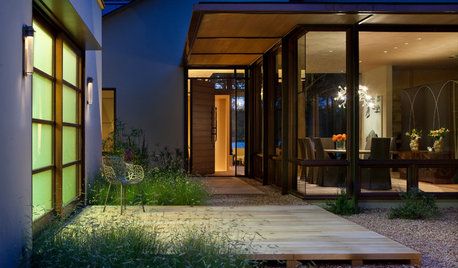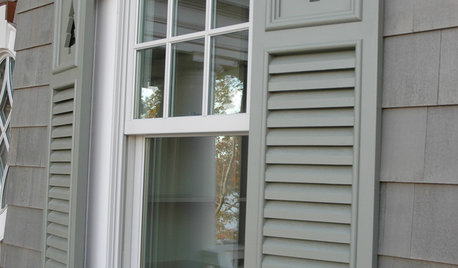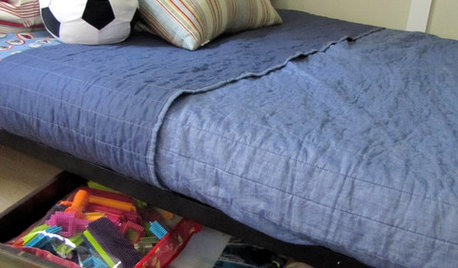cooling nutrient solution
happyhydro
13 years ago
Related Stories

COOL-SEASON CROPSCool-Season Vegetables: How to Grow Spinach
Chock-full of antioxidants and iron, spinach is a nutrient-rich addition to your fall or spring garden
Full Story
LANDSCAPE DESIGNDesign Solutions for the Time-Strapped Gardener
Landscaping for easy maintenance can help make your garden more manageable — and pleasurable to be in
Full Story
SHOP HOUZZShop Houzz: Open Shelving Solutions
Pretty and practical shelving units for every style — and cool things to display on them
Full Story
GARDENING GUIDESGardening Solutions for Dry, Sandy Soils
Has your desert or beachy site withered your gardening creativity? Try these ideas for a beautiful, easy-care landscape
Full Story
MOST POPULARHow to Start a Cool-Season Vegetable Garden
Late summer and late winter are good times to plan and plant cool-season crops like salad greens, spinach, beets, carrots and peas
Full Story
REMODELING GUIDESTop 10 Solutions for Architectural Peeves
Cavelike hallways, immovable shutters, poorly proportioned doors ... avoid these and other common gaffes with these renovation solutions
Full Story
FUN HOUZZTechnicolor Solutions to 3 Popular Home Peeves
Imagination runs wild in these illustrated solutions for Houzzers' home dilemmas
Full Story
GARDENING GUIDESGardening Solutions for Heavy Clay Soils
What’s a gardener to do with soil that’s easily compacted and has poor drainage? Find out here
Full Story
PETS12 Stylish Solutions for Ugly Cat Furniture
Bland beige post unhappily marking your living room territory? Scratch that with rakish kitty condos, perches and staircases
Full Story
ORGANIZINGOutside the Box: 18 Unconventional Storage Solutions
You might never think to use household standards in creative ways like these, but you’ll be glad we did
Full StoryMore Discussions







happyhydroOriginal Author
homehydro
Related Professionals
Clark Landscape Architects & Landscape Designers · Foothill Ranch Landscape Architects & Landscape Designers · Rancho Cordova Landscape Architects & Landscape Designers · Burlington Landscape Contractors · Concord Landscape Contractors · Brookside Landscape Contractors · Caldwell Landscape Contractors · Camp Verde Landscape Contractors · Columbine Landscape Contractors · Dallas Landscape Contractors · Fort Mill Landscape Contractors · Kaneohe Landscape Contractors · Wilton Landscape Contractors · Maplewood Landscape Contractors · Selma Landscape Contractorshex2006
jean-luc
hex2006
homehydro
jean-luc
hex2006
jean-luc
homehydro
hex2006
grizzman
homehydro
jean-luc
jean-luc
homehydro
hex2006
hex2006
jean-luc
homehydro
jean-luc
homehydro
jean-luc
homehydro
hex2006
happyhydroOriginal Author
homehydro
grizzman
bbrush
homehydro
happyhydroOriginal Author
homehydro
hex2006
grizzman
homehydro
hex2006
homehydro
Soyousee
hex2006
hex2006
bbrush
grizzman
grizzman
homehydro
grizzman
Soyousee
homehydro
hex2006
hex2006
ratherbboating